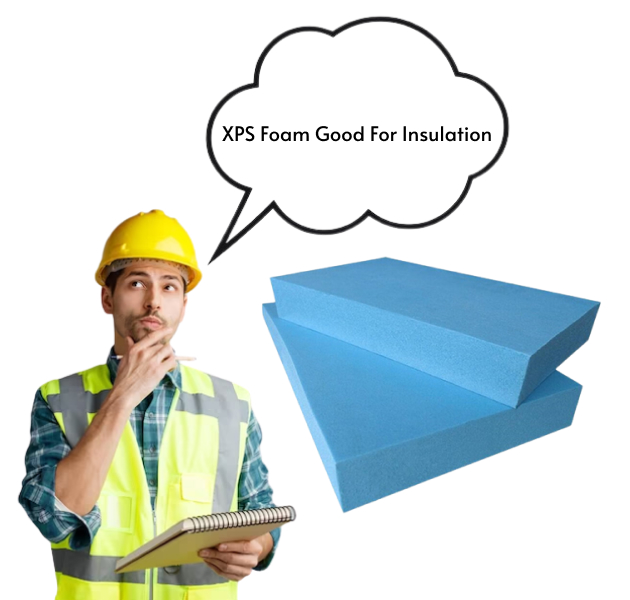Can Water Underfloor Heating Boards be used in existing homes or only in new construction?
Water Underfloor Heating Boards: A Game-Changer Water underfloor heating boards are often associated with new construction projects, however, they are not limited to such applications. In fact, water underfloor heating boards can be successfully installed in existing homes, offering a range of benefits that make them a compelling choice for retrofitting. In this article, we…
Read MoreWhat are the Benefits of Underfloor Heating Boards?
The Benefits of Underfloor Heating Boards The Benefits of Underfloor Heating Boards extend beyond mere warmth; they encompass energy efficiency and unparalleled comfort. These innovative systems, also known as hydronic underfloor heating, have surged in popularity due to their ability to excel in these crucial aspects. In the subsequent sections, we will delve into the…
Read MoreHow do water Underfloor Heating Boards work?
Water Underfloor Heating Boards Work: Water Underfloor Heating Boards work by circulating warm water through concealed pipes beneath the floor’s surface. The heat radiates upward, providing even warmth across the room. This method eliminates cold spots and offers an energy-efficient and discreet heating solution. Design and Configuration: Water underfloor heating boards consist of rigid panels…
Read MoreHow is the water in Underfloor Heating System Heated?
Underfloor Heating System: Water Heating Process The water in an underfloor heating system is heated using sources like boilers, heat pumps, or solar thermal systems. These sources generate heat, which is transferred to the water. The heated water circulates through concealed pipes, radiating warmth upward to provide effective and energy-efficient heating. Heat Source Selection: The…
Read MoreWhat are Water Underfloor Heating Boards?
Water Underfloor Heating Boards: A Modern Solution for Efficient Home Heating Water underfloor Heating Boards are emerging as a popular and innovative option as homeowners and builders actively seek more efficient and comfortable heating solutions. This modern approach to heating not only provides superior warmth but also enhances energy efficiency and overall comfort in residential…
Read MoreIs Exposing XPS Insulation an Option?
Exposing XPS Insulation: Considerations and Viability Exposing XPS insulation prompts a need for thoughtful consideration, given its effective thermal resistance and demonstrated moisture resilience While it’s possible to expose XPS, one must consider various nuanced factors. Local building codes and regulations hold significant importance. These guidelines often mandate fire-resistant coverings for safety compliance. XPS’s inherent…
Read MoreInstalling XPS Foam: Step-by-Step Guide
Installing XPS Foam Installing XPS foam involves these key steps. Start by gathering essential tools such as insulation panels, adhesive, a utility knife, safety goggles, and gloves. Measure the target area and cut the XPS panels to fit. Apply construction adhesive to the back of a panel and securely attach it to the surface, ensuring…
Read MoreIs XPS Insulation water-Resistant?
Is XPS insulation water-Resistant? Yes, XPS insulation is water-resistant. Its closed-cell structure and hydrophobic nature prevent the infiltration of water and water vapor, making it suitable for various construction applications requiring moisture protection. XPS Cellular Structure: XPS insulation Foam is manufactured using a closed-cell structure, where the individual cells are closed off from one another.…
Read MoreWhat is the difference between XPS and PIR insulation?
Difference between XPS and PIR Insulation: Difference between XPS and PIR Insulation is XPS’s moisture resistance and durability, while PIR offers fire safety and higher R-value. XPS and PIR insulation offer distinct qualities. XPS Foam (Extruded Polystyrene) boasts a durable, closed-cell structure, excelling in moisture resistance and consistent thermal performance. In contrast, PIR (Polyisocyanurate) stands…
Read MoreWhat is the Life expectancy of XPS Insulation?
Life expectancy of XPS insulation? Life Expectancy of XPS insulation (Extruded Polystyrene) typically is 20 to 30+ years with correct installation and upkeep, providing thermal protection and energy savings. Its durable nature ensures continued performance against temperature variations and weather conditions. Adequate installation, adherence to manufacturer instructions, and periodic checks can contribute to its longevity.…
Read MoreWhich is more suitable for walls: EPS or XPS?
EPS vs. XPS: Determining the optimal choice for wall insulation EPS vs. XPS: EPS is cost-effective, eco-friendly with decent insulation; XPS offers higher R-value, moisture resistance, and strength. For wet environments, XPS Insulation is preferable due to its closed-cell structure, while EPS Insulation can be effective and cost-efficient in milder conditions. The decision depends on…
Read MoreIs XPS foam suitable for insulation purposes?
Is XPS foam good for insulation? Absolutely, XPS Foam is great for insulation. XPS foam (Extruded Polystyrene foam) is an excellent insulation material. Its closed-cell structure delivers efficient thermal insulation, contributing to energy savings and indoor comfort. It’s widely applied in construction for roofs, walls, foundations, and floors due to its durability and versatility. Its…
Read More























